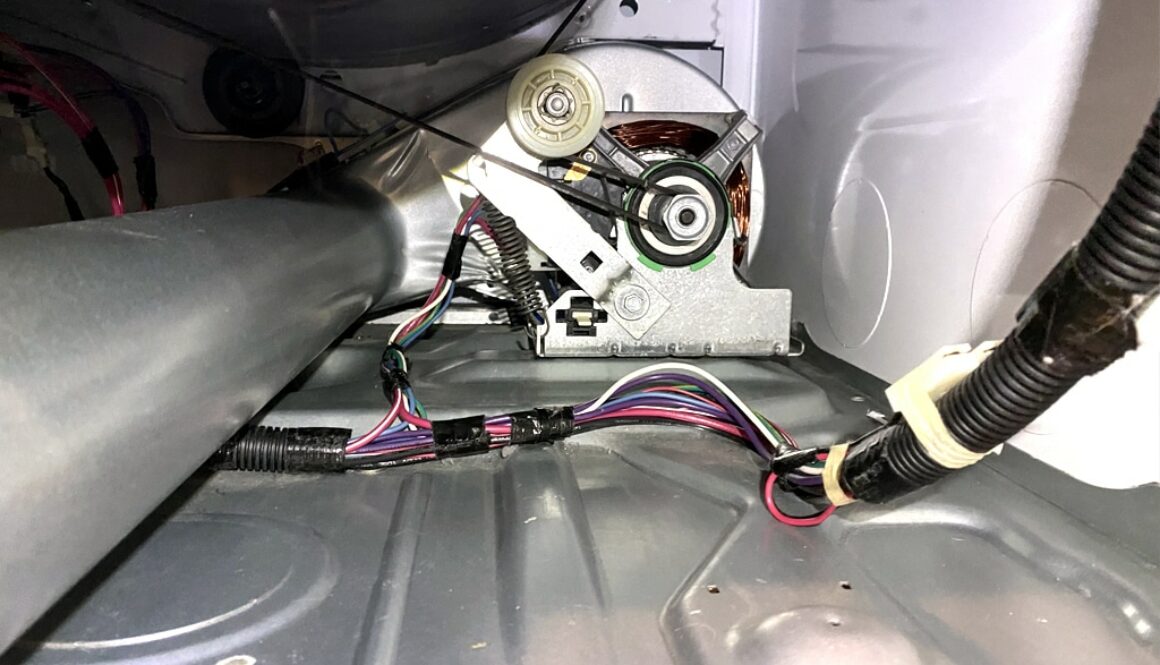Part 2: The Anatomy of a Dryer Vent – Decoding Your Dryer Vent System
Welcome to the second part of our Dryer Vent Safety series, where we unravel the mysteries of your dryer vent system. Understanding the anatomy of this often overlooked component is crucial for effective maintenance and ensuring the safety of your home or business. In this segment, we break down the components, functions, and significance of each part of your dryer vent system.
The Components:
– Lint Trap:
At the forefront of your dryer vent system is the lint trap. Its primary function is to capture lint and debris from your clothes, preventing them from entering the vent. Regular cleaning of the lint trap is a simple yet effective maintenance task that aids in overall system efficiency.
– Vent Duct:
The vent duct is the conduit through which hot, moist air and lint travel from the dryer to the external vent. It’s essential to ensure this duct remains unobstructed to prevent heat buildup and potential fire hazards.
– External Vent:
The external vent serves as the exit point for hot air and lint expelled from the dryer. Proper ventilation is critical to prevent heat buildup and maintain the efficiency of the drying process.
– Vent Hood:
The vent hood is the exterior cover of the vent. Its design aims to prevent pests, debris, and adverse weather conditions from entering the vent. Regular checks on the vent hood ensure it remains free of obstructions.
The Functions:
– Heat and Moisture Exhaust:
The primary function of the dryer vent system is to expel heat and moisture generated during the drying process. Proper ventilation ensures efficient drying and prevents the accumulation of moisture, reducing the risk of mold and mildew.
– Lint Removal:
The lint trap and vent duct work in tandem to capture lint and prevent it from circulating through the system. Regular cleaning of the lint trap and inspection of the vent duct are crucial for preventing lint buildup and potential fire hazards.
– Preventing Overheating:
A well-maintained vent system prevents overheating by allowing hot air to escape efficiently. Overheating not only poses a fire risk but also contributes to increased energy consumption.
Significance of Understanding Your Dryer Vent:
Understanding the components and functions of your dryer vent system empowers you to identify issues early, perform regular maintenance, and ensure the safety and efficiency of your drying routine. Armed with this knowledge, you’ll be better equipped to recognize potential problems and take preventive measures.
As we conclude Part 2, you now have a clearer picture of the intricate workings of your dryer vent system.
Stay tuned for the upcoming segments, where we’ll explore signs of trouble, DIY maintenance tips, and the importance of professional inspections.
By decoding your dryer vent system, you’re taking a proactive step toward creating a safer and more efficient home or business environment.
In the meantime, learn more about YYT Safe Dryer Vents and the services we offer in St. John’s and the greater Avalon area.





